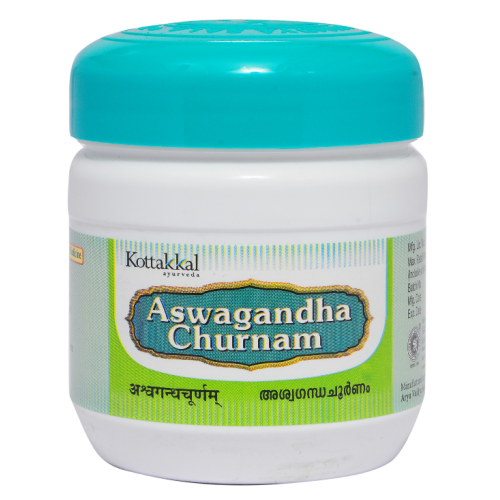In today’s fast-paced world, pain has become a common ailment affecting millions of individuals worldwide. While modern medicine offers effective pain management techniques, an increasing number of people are seeking natural and holistic alternatives to alleviate pain. Ayurveda, an ancient Indian system of medicine, offers a unique approach to pain management, focusing on restoring the body’s natural balance. In this blog, we will compare Ayurvedic approaches to pain relief with conventional methods to understand their differences and benefits.
Ayurveda: A Holistic Approach to Pain Management

Ayurveda is based on the belief that an imbalance in the body’s three doshas (Vata, Pitta, and Kapha) leads to pain and diseases. Ayurvedic practitioners aim to identify the root cause of pain rather than just treating the symptoms. Ayurvedic treatments for pain management include:
- Herbal Remedies: Ayurveda utilizes a vast array of herbal medicines with anti-inflammatory and analgesic properties to reduce pain and inflammation. Common herbs like Turmeric, Ashwagandha, and Boswellia are well-known for their pain-relieving effects.
- Ayurvedic Massage: Therapeutic massages using warm herbal oils help in improving blood circulation, reducing muscle stiffness, and relieving pain.
- Panchakarma Therapy: Panchakarma, a detoxification procedure, is used to eliminate toxins from the body, promoting pain relief and overall well-being.
- Yoga and Meditation: Ayurveda emphasizes the importance of yoga and meditation to calm the mind and relieve stress, which can contribute to pain.
Modern Pain Management Techniques

Conventional pain management typically involves the use of pharmaceutical drugs, physical therapy, and, in some cases, surgical interventions. While these methods can provide quick relief, they often target the symptoms rather than addressing the underlying cause of pain.
- Medications: Over-the-counter painkillers and prescription medications are commonly used to manage pain, but they may come with side effects and the risk of dependency.
- Injections and Invasive Procedures: For severe cases, injections and surgical procedures may be recommended, which come with inherent risks and potential complications.
- Physical Therapy: Physical therapy aims to strengthen muscles and improve mobility to manage pain, but it may not address the root cause of chronic pain.
Comparative Analysis: Ayurveda vs. Modern Pain Management
Ayurvedic approaches to pain management focus on holistic healing, considering the interconnectedness of the body, mind, and spirit. It aims to balance the body’s natural energies and promote overall well-being. On the other hand, modern pain management techniques often provide quick relief but may not offer a comprehensive and long-term solution.
In conclusion, both Ayurveda and modern pain management techniques have their merits. Ayurveda offers a holistic approach that aims to treat the root cause of pain and promote overall health. On the other hand, conventional methods can provide immediate relief but may not address the underlying imbalances in the body.
If you’re considering Ayurvedic approaches to pain management, Ayurvedic Mall (https://ayurvedicmall.com/) is a website that offers a wide range of authentic Ayurvedic products. However, we always recommend consulting a physician or qualified Ayurvedic practitioner before using any new products or treatments, especially if you have pre-existing medical conditions or are on medication.
Please remember that individual responses to treatments may vary, and it’s essential to find the approach that works best for you. Integrating the wisdom of Ayurveda with modern medicine may provide a well-rounded and personalized approach to pain management and overall health.



